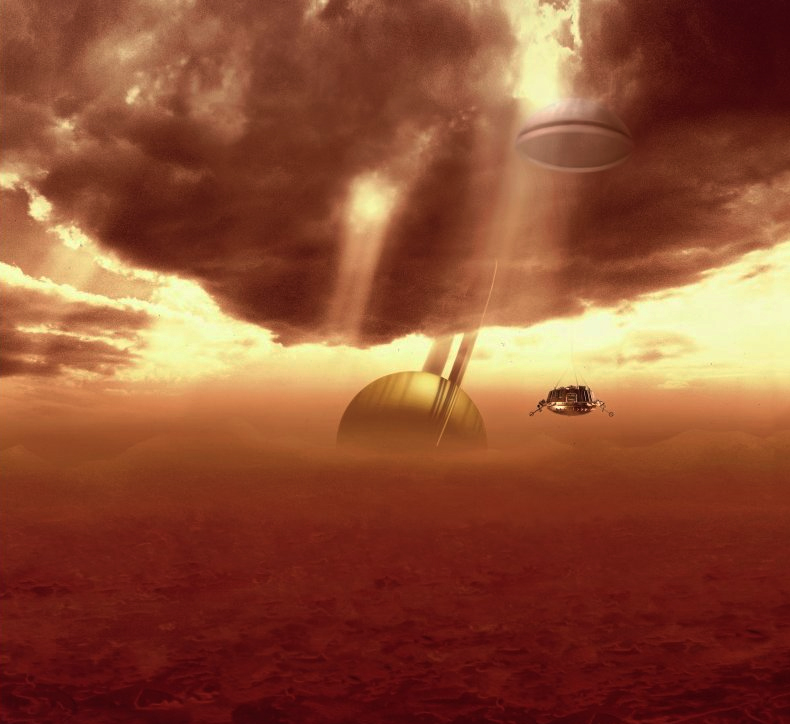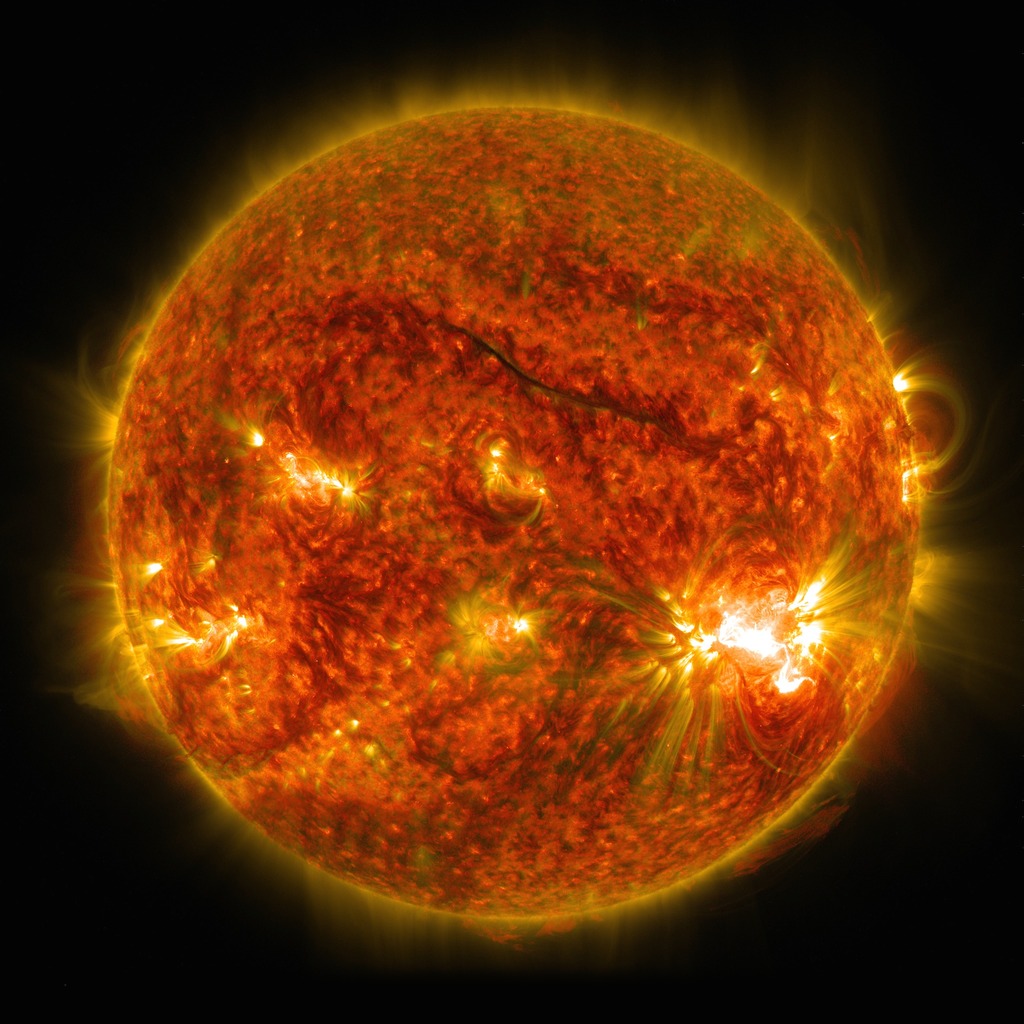The space exploration industry is booming, which is an encouraging sign for our future. But some pundits are arguing that rocket launches will exacerbate global warming.

When so many people, especially those in charge, seem so cavalier about the impact of global warming and climate change on our planet, it’s refreshing to see a perspective that worries about what we’re doing to our environment. Unfortunately, when that perspective focuses on a tiny contributor and seems to lack the understanding of what it criticizes, it needs to be called out. A number of pundits looked at the exploding private space industry and have grown concerned that rocket launches we will inject too much greenhouse gas into the atmosphere, exacerbating global warming and the attendant problems that come with it. And while it’s true that rocket fuel is far from clean, releasing plenty of unwanted chemicals into the atmosphere as it burns, we have to keep the big picture in mind.
When it comes to launching things into space, there aren’t that many alternatives to rockets and their toxic fuel. You can’t use an ion drive or any of the other seemingly sci-fi but realistic propulsion methods for traveling to other worlds and solar systems. Earth’s gravity and atmospheric pressure at sea level are very different from the vacuum of the cosmos where the tiniest push can really add up in the long term. The only way to get tons of supplies and machinery into orbit and beyond is through controlled explosions harnessed by rockets. There is simply no other way currently feasible, and there won’t be until we figure out how to build giant electromagnetic railguns, or how to harness antimatter, although that would come with a high risk of exposure to gamma radiation.
We could conceivably launch human crews in single stage to orbit planes, but their spacecraft are going to have to rely on good old-fashioned rocketry. That said, however, the plan is not to simply keep launching things from earth with no regard to the pollution thousands of rockets launched every year would cause. Launching payloads from Earth is expensive, both financially and energetically, so ideally, we would want to launch them from somewhere else. We would want to take off from the Moon or asteroids, somewhere where the gravity is in a fraction of what it is on our world, and we could use the same engines to propel anywhere between six and a hundred times the cargo. This is what we mean by infrastructure for space exploration. Forget about turning Earth into a giant launchpad. The ideal gateway to the rest of the solar system is the Moon.
Lacking an atmosphere, the Moon doesn’t particularly care how toxic the fuel is or how much greenhouse gas each launch produces. For all intents and purposes, the moon is a harsh and the radioactive wilderness with no environment to conserve. The same goes for asteroids we want to use as refueling stations, which are simply chunks of radiation-battered rock and metal floating through space we could harvest for fuel and building materials by using, of all things, steam powered asteroid-hopping robots. So, while it’s understandable to worry about the carbon footprint of everything that we do, considering the current inaction by so many on pressing climate issues, it’s important to keep things in perspective when doing so. If global warming continues apace, it won’t be thanks to rockets. It will be thanks to stubborn clinging to fossil fuels across the world and pollution from heavy industry and manufacturing.
If we were to push for serious investments in green energy, which is thankfully something that’s already happening, rocket launchers wouldn’t even be a blip on our carbon radar. Before we start asking ourselves how much carbon dioxide a SpaceX Falcon Heavy releases, and how many greenhouse gases it saves by reusing its booster cores, we need to ask ourselves how many coal plants are still powering cities and why, and what it will take to switch them over to clean, renewable sources. Otherwise, we’re doing the equivalent of trying to pay off the national debt by scrimping and saving on how many pencils public school teachers are allowed to get from their school districts. Which would be a funny analogy if it wasn’t true.




